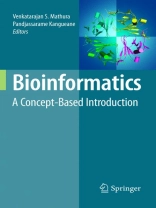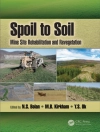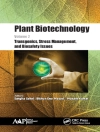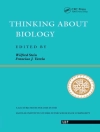Bioinformatics is an evolving field that is gaining popularity due to genomics, proteomics and other high-throughput biological methods. The function of bioinformatic scientists includes biological data storage, retrieval and in silico analysis of the results from large-scale experiments. This requires a grasp of knowledge mining algorithms, a thorough understanding of biological knowledge base, and the logical relationship of entities that describe a process or the system. Bioinformatics researchers are required to be trained in multidisciplinary fields of biology, mathematics and computer science. Currently the requirements are satisfied by ad hoc researchers who have specific skills in biology or mathematics/computer science. But the learning curve is steep and the time required to communicate using domain specific terms is becoming a major bottle neck in scientific productivity. This workbook provides hands-on experience which has been lacking for qualified bioinformatics researchers.
Inhaltsverzeichnis
to Biological Systems.- Computer Programming Fundamentals and Concepts.- to Algorithms.- Biological Sequence Databases.- Biological Sequence Search and Analysis.- Protein Structure Prediction.- Protein-Protein Interaction and Macromolecular Visualization.- Genes, Genomics, Microarray Methods, and Analysis.- to Proteomics.- Biomedical Literature Mining.- Computational Immunology: HLA-peptide Binding Prediction.- Bioinformatics Application: Eukaryotic Gene Count and Evolution.- Bioinformatics Application: Predicting Protein Subcellular Localization by Applying Machine Learning.- Bioinformatics Analysis: Gene Fusion.












